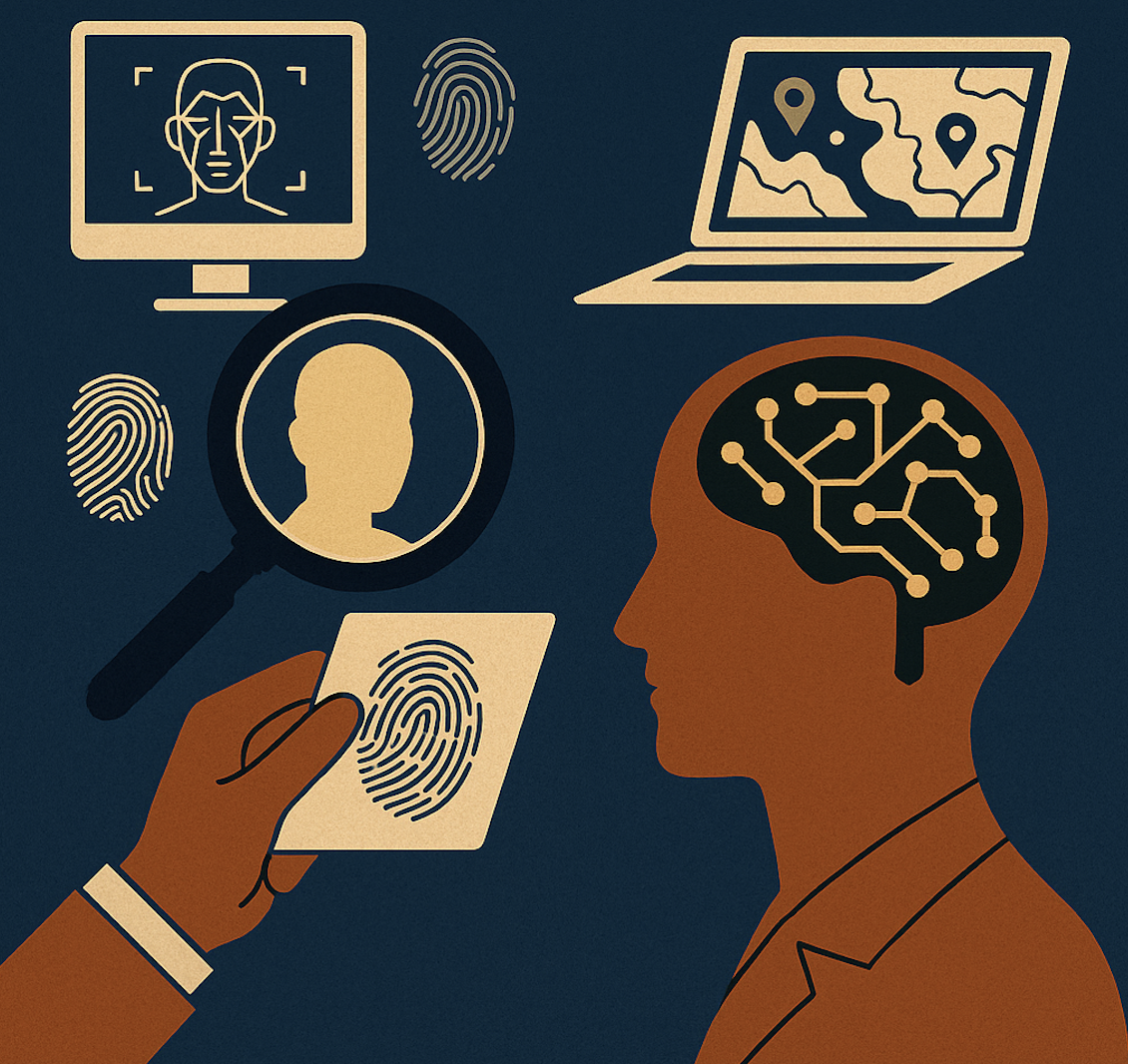Forensic science has long been a cornerstone of criminal investigations, relying on human expertise to analyze evidence like fingerprints, DNA, and digital data. However, with the rise of Artificial Intelligence (AI), forensic investigations are becoming faster, more accurate, and more efficient.
From facial recognition to predictive policing, AI is transforming how crimes are solved. In this blog post, we explore:
- How AI is used in modern forensics
- Real-world applications in criminal investigations
- Ethical concerns and future trends
How AI is Transforming Forensic Science
1. Digital Forensics & Cybercrime Investigations
AI-powered tools can:
✔ Analyze massive datasets (emails, social media, dark web activity) to detect fraud or cyber threats.
✔ Decrypt files and recover deleted data using deep learning.
✔ Identify phishing patterns and malware behavior to track hackers.
Example: Interpol uses AI to analyze cyberattack patterns and predict future threats.
2. Facial Recognition & Biometric Analysis
AI enhances:
✔ Facial matching in CCTV footage (even with low resolution).
✔ Voice recognition for forensic audio analysis.
✔ Gait analysis to identify suspects based on movement patterns.
Case Study: The NYPD uses AI-powered facial recognition to solve cold cases.
3. DNA & Forensic Biology
AI accelerates:
✔ DNA sequencing by identifying genetic markers in minutes.
✔ Predictive phenotyping (estimating a suspect’s appearance from DNA).
✔ Matching familial DNA to solve cases through genealogy databases.
Example: The Golden State Killer was identified using AI-assisted genealogical forensics.
4. Predictive Policing & Crime Mapping
AI models analyze:
✔ Historical crime data to predict hotspots.
✔ Social trends to prevent gang violence or burglaries.
✔ Anomaly detection in financial transactions (for fraud prevention).
Controversy: Critics argue predictive policing may reinforce bias.
Ethical Concerns & Challenges
While AI offers groundbreaking benefits, it also raises concerns:
⚠ Bias in Algorithms – AI trained on biased data may misidentify suspects.
⚠ Privacy Issues – Mass surveillance via facial recognition sparks debate.
⚠ Legal Admissibility – Courts are still defining AI-generated evidence standards.
Solution: Transparent AI models and strict regulatory frameworks.
The Future of AI in Forensics
Autonomous Crime Labs – AI could independently analyze evidence.
Real-Time Forensic Analysis – Police may get instant AI insights at crime scenes.
Blockchain + AI – Secure, tamper-proof digital evidence storage.
Conclusion
AI is revolutionizing forensic science, making investigations faster, smarter, and more precise. However, ethical oversight is crucial to ensure fairness and accuracy.
As AI continues to evolve, its role in solving crimes will only grow—ushering in a new era of data-driven justice.
